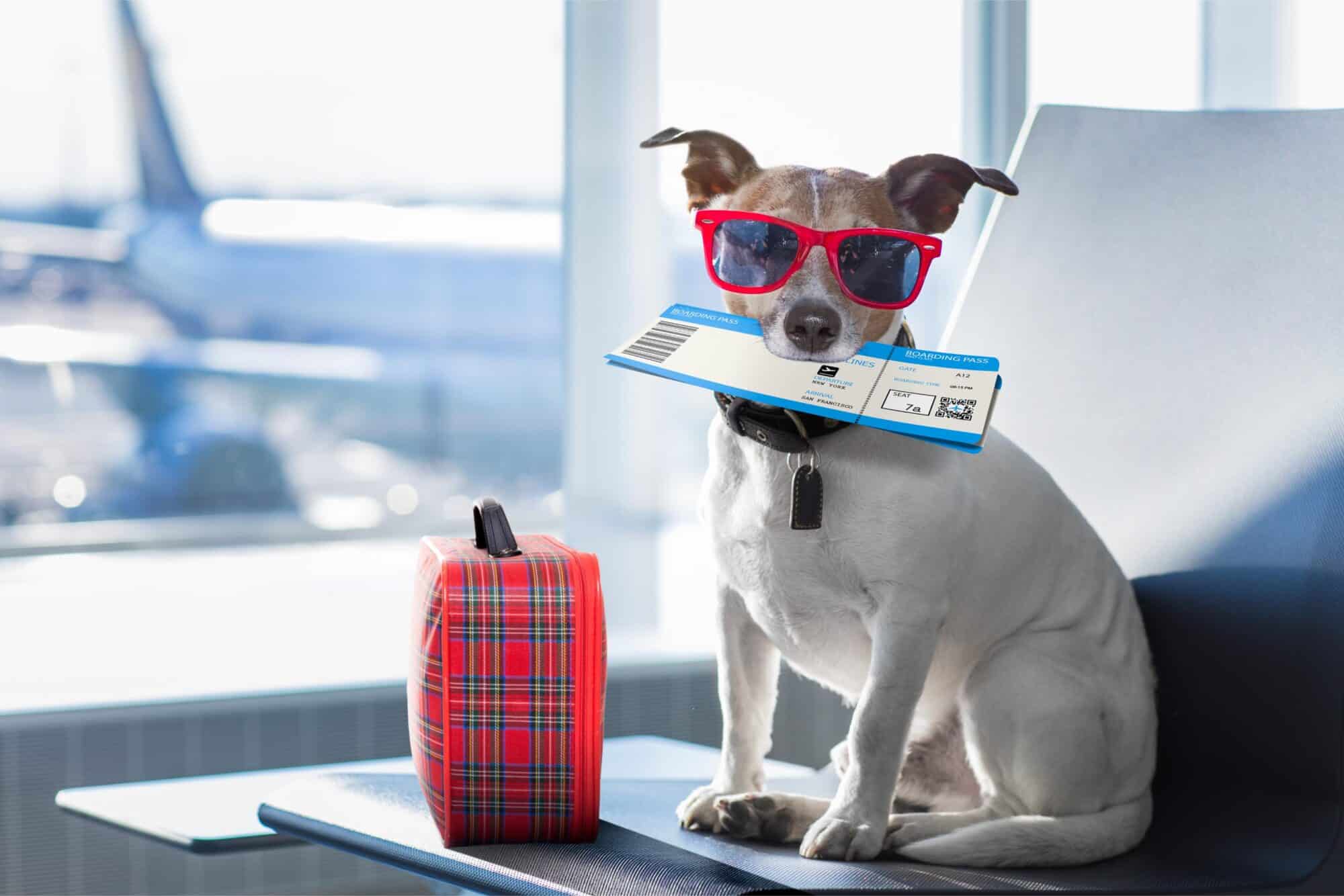
There are tons of people that make traveling with their dogs look easy, but that’s probably because they worked out the hiccups early on. Without a doubt, dog owners have a lengthy list of things to figure out and address before they hit the road or head to the airport. With our tried and tested travel tips, you and your dog will be smooth sailing in no time.
Save With Time
Knowing that there will be certain hurdles is almost enough to get you and your dog where you want to go. And while it may seem like a fun idea to spontaneously take a trip together, the truth is that a lot of careful planning is required for a safe, stress-free trip.
Planning and research takes time, but the process can actually save energy and stress later on.
Medical Records and Travel Certificates
Driving with your dog across state lines is less complicated than flying out of state, or internationally. However, it is still essential to ensure that your dog is up for the demands of traveling.
- Schedule a wellness exam prior to leaving to ensure your dog is up to date on all of their vaccinations and parasite prevention.
- We can also microchip your dog, or help you update any changed contact information with the national pet microchip database.
- Keep a copy of your pet’s records with you in the unlikely event that you need to visit a vet on your trip.
As for air travel, it is crucial to read the fine print to prevent problems related to quarantine or other border requirements. Most airlines require a travel certificate signed by a veterinarian within 30 days of travel. This document confirms the health status of the traveling dog, and we’re happy to assist you with this.
The Right Supplies and Gear
Your dog may be incredibly adventurous, but they are also a creature of habit. Be sure to have lots of items known to improve their stress or anxiety levels. Comfortable bedding, toys, back up leashes/collars/harnesses, and waste removal items are crucial.
Furthermore, invest in the right carrier or travel kennel to promote safety and comfort. They must be able to stand up and turn around inside their carrier. Always have fresh, cool water for them to drink.
- Safety attachments for the car provide a sense of security for your travel partner.
- If your dog isn’t accustomed to these travel items before the trip, slowly introduce them in a way that reinforces a positive association.
- Practice traveling with short trips, only lengthening your travel time when they show acceptance and relaxation.
Getting There
If you are traveling in the car, provide lots of breaks for your dog. They may feel a bit queasy with motion sickness. Every 1-2 hours, stop somewhere they can get out and stretch their legs and eat a little something. Bathroom breaks reduce the monotony of freeway travel, and occupy your dog’s mind with all the new sights and smells.
We’re Always Here to Help
If you are headed out of town and your dog can’t join you for behavioral or health reasons, please let us know. Boarding your dog or hiring a sitter are both good alternatives.
Our team at Oroville Animal Health Center is always happy to help you and your dog.
